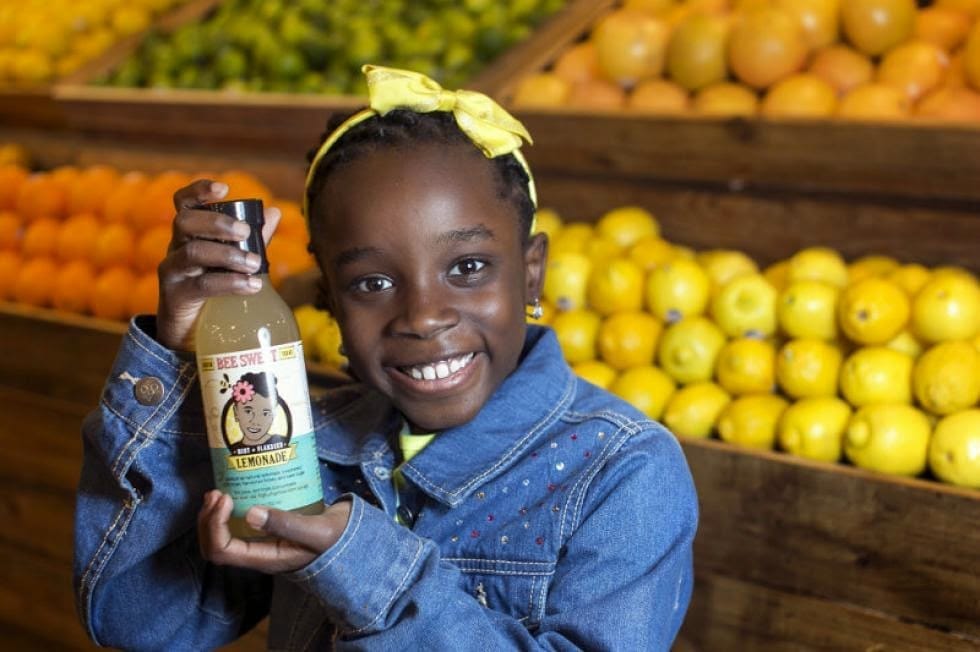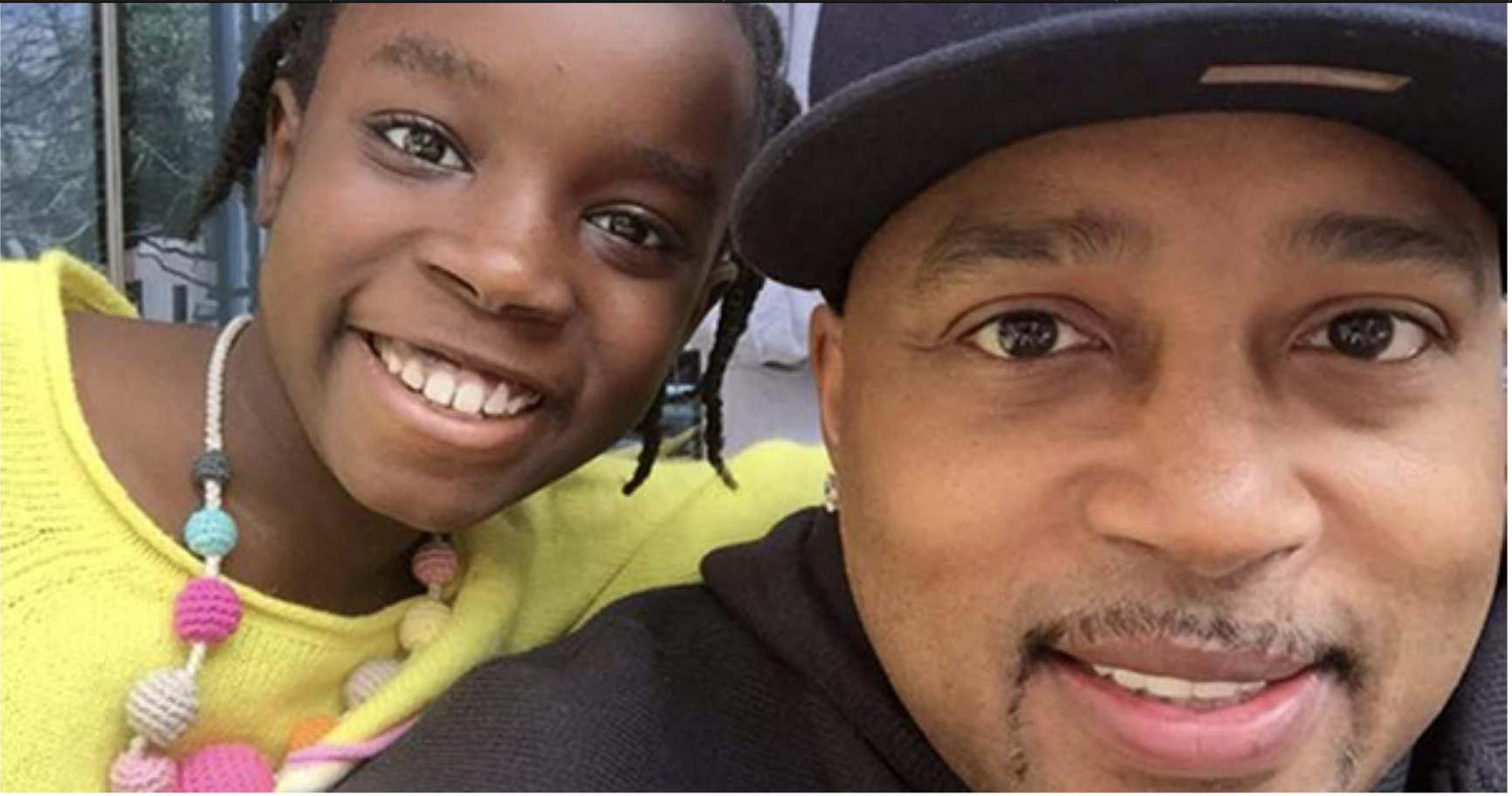How a 4-Year-Old Turned a Lemonade Stand Into a Million-Dollar Brand
What Mikaila Ulmer started as a simple lemonade stand at age four turned into a multi-million-dollar company. How did that even happen?
Most children's lemonade stands often serve as a fun summer pastime, a means to earn a little money before dashing off to play. But for Mikaila Ulmer, what started as a simple lemonade stand at age four turned into a multi-million-dollar company, Me & the Bees Lemonade, now stocked in over 2,500 stores across the U.S.
How does that even happen? How does a child’s curiosity about bees transform into a thriving business with national distribution? And more importantly—what can we learn from it?
Let’s break it down...

The Spark That Started It All
Most kids who get stung by a bee cry, complain, and avoid bees forever. Mikaila Ulmer? She got stung twice in one week and decided to learn more about them.
Instead of fear, she developed curiosity. She discovered how crucial bees are to our ecosystem and how their population was declining. Around the same time, her great-grandmother sent her a 1940s cookbook, which included a recipe for flaxseed lemonade. Inspired, Mikaila tweaked the recipe, replacing sugar with honey—not just for taste but to support the very creatures that had stung her.
Her lemonade wasn’t just another sugary drink. It had a story. It had a mission. And that made all the difference.
From Sidewalk Stand to Store Shelves
Like many kids, Mikaila started selling her lemonade at local events, such as Austin Lemonade Day and the Acton Children’s Business Fair. But unlike most kids, she didn’t stop there.
Her first big break came when a local pizza shop placed an order. Then, Whole Foods took notice and gave her a $10,000 Local Producer Loan in 2015 to help scale production. That same year, she appeared on Shark Tank, landing a $60,000 investment from Daymond John.

By 2017, she secured an $800,000 investment from a group of NFL players, helping her expand even further. Suddenly, this wasn’t just a cute kid’s business—it was a serious brand with national potential.
How Me & the Bees Makes Money
At its core, the business model is simple:
- Wholesale Distribution – Me & the Bees Lemonade sells in bulk to major retailers like Whole Foods, Kroger, Target, and H-E-B. These stores then sell the product to consumers at a markup.
- Direct-to-Consumer Sales: Customers can also buy cases of lemonade directly from the company’s website. A 12-pack sells for around $32, so each can costs about $2.67 when purchased online.
- Retail Pricing Strategy – In stores, a single can is priced at around $3.49. This suggests that Me & the Bees sells to retailers at a lower wholesale price (likely around $2 per can), allowing both parties to profit.
- Product Expansion—In addition to lemonade, the company has expanded into beeswax lip balms and other bee-related products, creating additional revenue streams.
This wholesale-first approach is what allows Me & the Bees to scale. Instead of relying on individual sales, they sell in bulk to retailers who handle distribution.
The Power of a Strong Brand Story
Many entrepreneurs make the mistake of focusing too much on the product and not enough on the story.
Yes, Me & the Bees Lemonade is a great product—it’s made with real fruit, honey, and flaxseed, offering a lower-sugar alternative to traditional lemonade. But what really makes it stand out?
The mission behind it.
Every bottle comes with a message: Buy a Bottle, Save a Bee!
A portion of the profits goes toward bee conservation efforts. Mikaila even founded the Healthy Hive Foundation in 2016 to support research and education about bees.
This is what makes the brand sticky. People don’t just buy the lemonade because they’re thirsty—they buy it to support a cause.
Scaling Challenges and Smart Adaptations
Growing a business isn’t just about getting bigger—it’s about adapting to challenges along the way. And Me & the Bees has had its fair share of obstacles.
- Rebranding – Originally called BeeSweet Lemonade, the company had to change its name due to a copyright issue with another food brand. Instead of seeing this as a setback, they pivoted and rebranded as Me & the Bees.
- Sustainability Shift – The company transitioned from glass bottles to 100% recyclable aluminum cans, appealing to eco-conscious consumers. Some customers noted an aluminum aftertaste, but the change aligned with their sustainability mission.
- Retail Expansion – Getting into 2,500+ stores isn’t easy. It requires strong distribution networks, reliable suppliers, and the ability to scale production without sacrificing quality.
Each challenge was met with a solution. That’s what separates successful entrepreneurs from those who give up on the first roadblock.
The Bigger Lesson for Entrepreneurs
So, what can you take away from Mikaila’s story?
- Start Small, but Think Big – Me & the Bees started as a lemonade stand. But from day one, it had a bigger vision—one that eventually led to national retail partnerships.
- Your Story Matters – The best businesses aren’t just about products. They’re about purpose. People connect with brands that have a mission beyond making money.
- Invest in Growth – Securing funding from Shark Tank and NFL players allowed the company to scale faster. Smart entrepreneurs know when to seek outside investment to fuel expansion.
- Adapt to Challenges — Every business faces obstacles, whether it’s a name change, packaging shift, or distribution hurdle. The key is to pivot and keep moving forward.
- Give Back — The company’s commitment to bee conservation is good for the planet and good for business. Consumers love supporting brands that align with their values.
Final Thought: What’s Your Lemonade Stand?
Mikaila Ulmer didn’t set out to build a million-dollar company. She just wanted to sell some lemonade and help save the bees. But by staying curious, thinking big, and embracing challenges, she turned a childhood project into a national brand.
So, here’s the real question: What’s your lemonade stand?
What small idea do you have right now that could turn into something much bigger?
The difference between a hobby and a business is execution. The difference between an idea and success is action.
Maybe it’s time to stop overthinking and start selling.
#BeBusinessSmart

